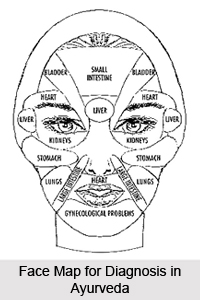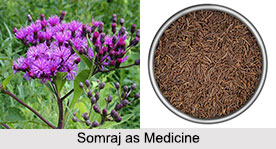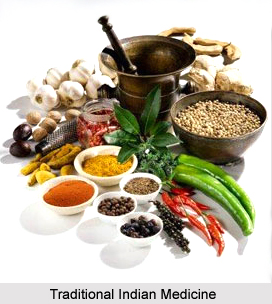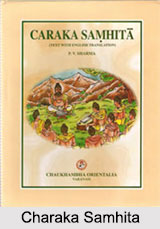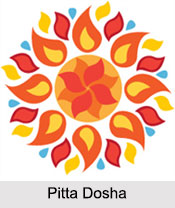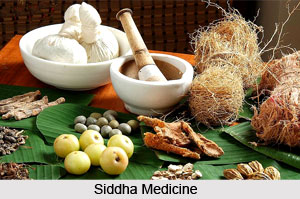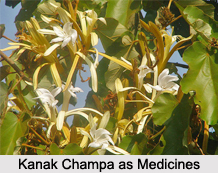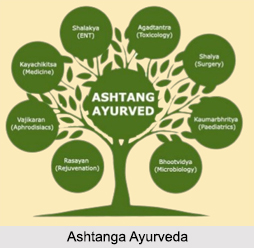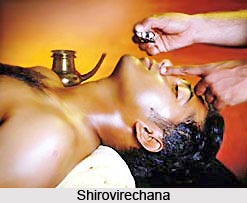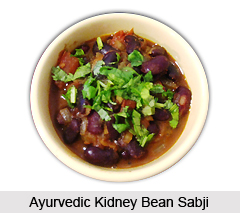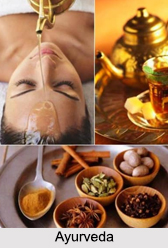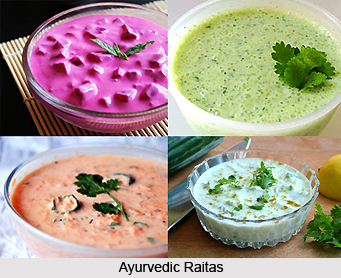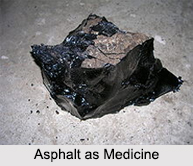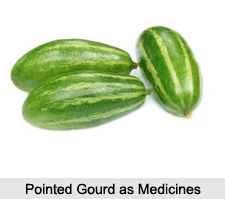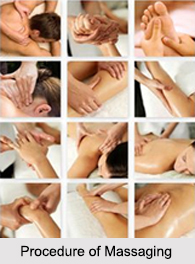 Massage is the manipulation of the soft tissues of human body to relieve stress and all kinds of pains. Massage is generally given with hands, fingers, knees, elbows, forearms, feet or a device. The pressure, which is given on the body parts by the massage, is the remedy for curing many problems, which are related to nerve issues. There are certain methods of giving proper massage, which will help to cure any problem.
Massage is the manipulation of the soft tissues of human body to relieve stress and all kinds of pains. Massage is generally given with hands, fingers, knees, elbows, forearms, feet or a device. The pressure, which is given on the body parts by the massage, is the remedy for curing many problems, which are related to nerve issues. There are certain methods of giving proper massage, which will help to cure any problem.
Techniques of Massage
According to the traditional way, there are four types of strokes, which are given for massaging the body. The strokes are Tapping, Kneading, Rubbing, Squeezing. The strokes are discussed in brief below:
Tapping Stroke: Tapping stroke is the primary step of massage. This awakens the body by giving signals to all the nerves. Wherever the body gets tapped, blood circulation increases. Then the body organizes its defense mechanism. Tapping should be done with open palms and relaxed fingers. This stroke of massaging makes the muscles strong.
Kneading Stroke: Where tapping awakens the body and increases the flow of energy into the exact area where the massage is being given, kneading relaxes and takes out all the stress out of the body, which has been accumulated due to the activities of daily life. The muscles should be kneaded like dough and this process creates activity inside the cell walls of the muscles and then the circulation of life-giving chemicals commences. This stroke of massage helps in growth and development of the body while rejuvenating it at the same time.
Rubbing Stroke: Rubbing is the third step of massage, which can be done in two ways – dry or with oil. It is kind of an exercise for the skin, which increases circulation and heat in the massaged area due to the friction. It also affects the bone, cures the muscle stiffness and removes fatigue. Gentle rubbing serves as relaxation and hard rubbing as exercise. Doing the rubbing in dry hands can be dangerous to some extent, as it often disturbs the wind element. Hence, a little oil should be used for this stroke to avoid friction and ensure equal distribution of body temperature.
Rubbing the portion under the joints is really helpful as all the lymph nodes are situated on that portion. Rubbing the skin by making circular movements clockwise on the pressure points enriches the body by releasing the growth hormones.
Rubbing against the direction of hair growth sometimes causes irritation; such rubbing is therapeutic, which is a part of dry rubbing. Some Hindu and Jain saints rub ashes on their body, which creates immunity to the sense of touch and saves them from seasonal changes. But, putting only ashes on the skin may dry out it and cause wounds.
Squeezing Stroke: Squeezing is the final step of massage. It is done by massaging all the areas once again and making cross movements and squeezing the whole musculature with hands. This stroke given with bearable pressure finally takes out all the tension and pains through the extremities like toes and fingers. Oil should be put on the very beginning of this step and then it should all be observed completely on the skin by rubbing. Squeezing goes up to the end of the toes. Then the joints of fingers and toes should be twisted by the massager. The massage gets completed by dropping oil on the nails in a way that it should fill the gap between the nail and the skin of both fingers and nails.
Dos and Don"ts of Massage
One should receive a massage on an empty stomach. The best time for massaging is early morning or evening. One may wash the oil off after massage; wait for 20-30 minutes before washing. There should be no anxiety, stress, anger, and worry during the massage. The person should concentrate fully on the massage. It is better to get massage from an expert. One should avoid taking a massage when there is too much mucus in the body (aggravation of Kapha), when suffering from fever, and after one has undertaken cleansing therapies like vomiting (emesis) and purgation.






